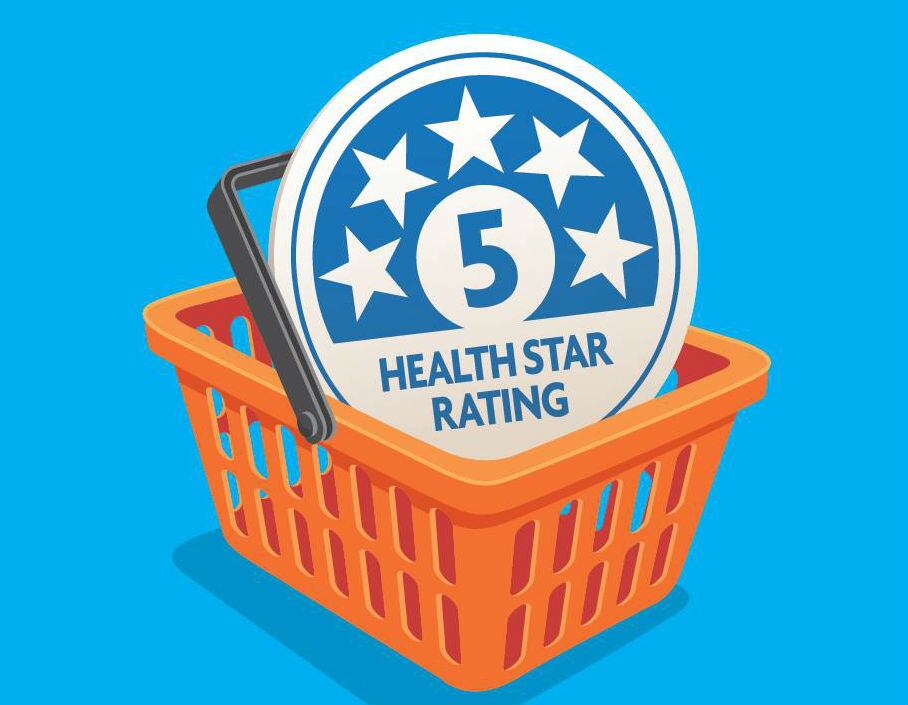Government ministers will be convening next month to finalise changes to the long-controversial HSR system based on the recently-released Health Star Rating System Five Year Review Report, which made ten recommendations.
One of these, Recommendation 2, proposes that one of the HSR display graphic options (Option 5) which consists solely of an energy icon displaying the amount of energy in kilojoules per pack, be removed from the HSR System in its entirety.
Such a move would have particular impact on the confectionary industry in Australia, as most firms do not use the star rating system, according to Australian Industry (Ai) Group Confectionery Sector Head and International Confectionery Association Vice President Timothy Piper.
“We don’t currently use the star rating, but we do use the energy icon, the Be Treatwise label and a confectionary-specific serving size label for our products,” he told FoodNavigator-Asia.
Be Treatwise is an industry initiative started in the United Kingdom that aims to provide more information about portion sizes, nutritional content in addition to educational messages, whereas the confectionary-specific serving size label is based on a 25g serving size and the number of snacks that would comprise this amount, e.g. four jelly babies or two sweets.
“If the star label is made compulsory, more and more sweets in Australia would be likely to get four stars as a result of sugar-lowering and fibre-enhancing reformulations –and we think that’s crazy,” said Piper.
“We believe that sweets should never get four stars as these should only be consumed in moderation, and giving this high star rating might result in consumers thinking that these are good-for-you products to be consumed regularly, and that is not what we want.”
Although it goes that the higher the number of stars, the better the product is for you, Piper emphasised that confectionary companies themselves are not keen to have four-star ratings as they believe it sends the wrong message to the public.
“Doing this would undermine the HSR system, as people would be seeing four stars for confectionary but less stars for other products such as cheese – companies would not want to be accused of things such as a ‘4-star lolly’, as the media definitely would not accept that,” he said.
Risk of dropping out
From a confectionery point-of-view, the sector is satisfied with the current HSR system, and has not much it desires in the way of changes.
“Confectionary wants to be part of the HSR system, but [in a viable] way,” said Piper.
“About 93% of all branded confectionary products are currently using the HSR system, but if the changes are made mandatory and companies are forced to change the logo, I believe that many would just drop out.
“Some would do it, of course, but some would not and likely would just shift to another system, and all the different labels would likely just be confusing for the consumer in the end – there would be no consistency.”
Why not mandatory?
A potential solution would be to mandate the HSR system as a whole (not just the star labels) for the entire F&B industry, but this proposal has already received vehement opposition from the industry, claiming that the voluntary option is already working and ‘locking it in regulation’ would inhibit flexibility to adapt to change.
“Uptake of the voluntary system in Australia has been faster than many comparable systems overseas,” Australian Food and Grocery Council (AFGC) Communications Director James Matthews told us.
“Recent monitoring confirms the continuing uptake by industry. Criticism of the system on this basis is misguided.”
He added that the AFGC fully supported the continuation of the HSR system ‘with appropriate refinement’, claiming that ‘locking [the system] in regulation’ would inhibit it ‘maintaining the flexibility [to adapt to] changes in nutrition science’.
Many academics have called for full mandatory implementation, especially with regards to the non-alcoholic drinks sector.
“We found sugary drinks that would score a lower star rating, such as sugar-containing soft drinks, energy drinks and sports drinks, were not displaying the health star icon,” University of Adelaide public health researcher Aimee Brownbill told us.
“A number of these displayed an energy icon on its own, which does not provide readily understandable information to consumers. This is [a] shortcoming of the scheme which warrants attention.”


